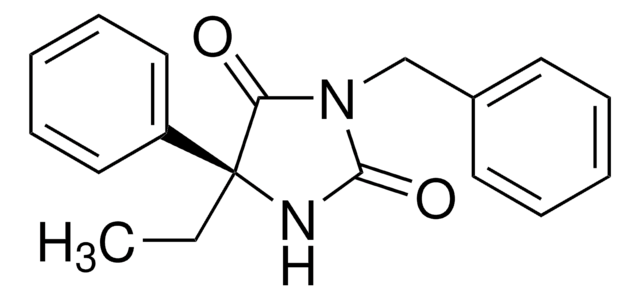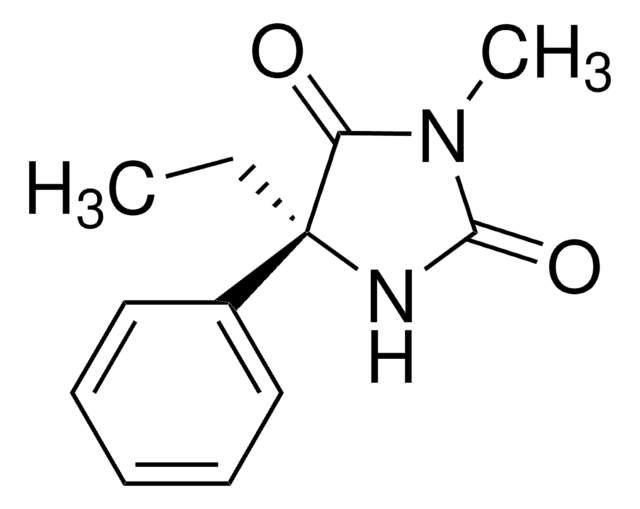C8772
Cholera filtrate
lyophilized powder, bacterial sialidase receptor-destroying enzyme (RDE)
Synonym(s):
Cholera Filter
Sign Into View Organizational & Contract Pricing
All Photos(1)
About This Item
UNSPSC Code:
12352200
NACRES:
NA.77
Recommended Products
product name
Cholera filtrate, lyophilized powder
form
lyophilized powder
Quality Level
storage temp.
2-8°C
General description
Cholera filtrate promotes the activation of adenylate cyclase. It does not affect the activity of cyclic adenosine monophosphate (cAMP) phosphodiesterase.
Application
Cholerafiltrate has been used as a receptor destroying enzyme (RDE): inhemagglutination inhibition assay of serum samples, in microneutralizationassay of mice serum samples, in hemagglutination inhibition assay to removenon-specific inhibitors from the cell culture supernatant samples
Biochem/physiol Actions
Cholera filtrate is a bacterial sialidase receptor-destroying enzyme (RDE) and may be used as crude neuraminidase. It may also be used in serological testing for influenza.
Reconstitution
After reconstituting with 5ml sterile water, it will contain 0.01% MIT as preservative.
Other Notes
See a separate listing of neuraminidase for preparations showing higher activity.
For research use only. Not for use in diagnostic procedures.
Signal Word
Warning
Hazard Statements
Precautionary Statements
Hazard Classifications
Skin Sens. 1
Storage Class Code
13 - Non Combustible Solids
WGK
WGK 3
Flash Point(F)
Not applicable
Flash Point(C)
Not applicable
Certificates of Analysis (COA)
Search for Certificates of Analysis (COA) by entering the products Lot/Batch Number. Lot and Batch Numbers can be found on a product’s label following the words ‘Lot’ or ‘Batch’.
Already Own This Product?
Find documentation for the products that you have recently purchased in the Document Library.
Customers Also Viewed
Nehemya Friedman et al.
Oncotarget, 8(20), 32856-32863 (2017-04-19)
The last influenza pandemic, caused by the swine A(H1N1)pdm09 influenza virus, began in North America at 2009. Since then, the World Health Organization (WHO) recommended integration of the swine-based virus A/California/07/2009 strain in yearly vaccinations. Yet, infections with A(H1N1)pdm09 have
WHO Tech Rep. Serv.
WHO Expert Committee on Influenza, 64 (1953)
Alexandria J Hammond et al.
PLoS pathogens, 17(4), e1009158-e1009158 (2021-04-06)
Binding of Streptococcus pneumoniae (Spn) to nasal mucus leads to entrapment and clearance via mucociliary activity during colonization. To identify Spn factors allowing for evasion of mucus binding, we used a solid-phase adherence assay with immobilized mucus of human and
Vy Tran et al.
Viruses, 7(10), 5319-5327 (2015-10-17)
Reporter viruses are useful probes for studying multiple stages of the viral life cycle. Here we describe an expanded toolbox of fluorescent and bioluminescent influenza A reporter viruses. The enhanced utility of these tools enabled kinetic studies of viral attachment
Our team of scientists has experience in all areas of research including Life Science, Material Science, Chemical Synthesis, Chromatography, Analytical and many others.
Contact Technical Service











